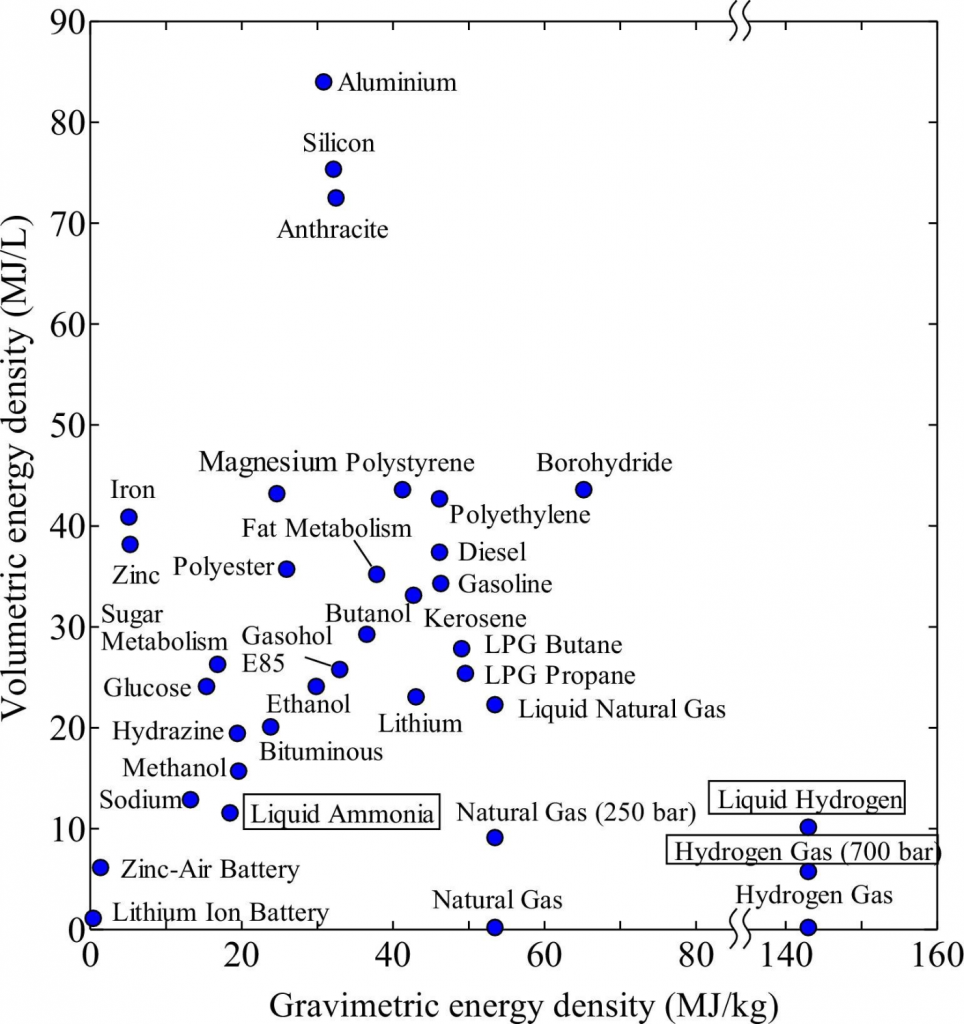Renewable energy is playing an increasingly important role in addressing some of the key challenges facing today’s global society, such as the cost of energy, energy security, and climate change. The exploitation of renewable energy looks set only to increase across the world as nations seek to meet their legislative and environmental obligations with respect to greenhouse gas emissions. There is broad agreement that energy storage is crucial for overcoming the inherent intermittency of renewable resources and increasing their share of generation capacity.
Thus, future energy systems require effective, affordable methods for energy storage. To date, a number of mechanical, electrical, thermal, and chemical approaches have been developed for storing electrical energy for utility-scale services. Storage solutions such as lithium batteries or redox cells are unlikely to be able to provide the required capacity for grid-scale energy storage. Pumped hydro and methods such as compressed gas energy storage suffer from geological constraints to their deployment. The only sufficiently flexible mechanism allowing large quantities of energy to be stored over long time periods at any location is chemical energy storage.
The gravimetric and volumetric energy density of combustible materials and batteries is illustrated in the thumbnail picture. Higher heat value (HHV) for fuels are used because metals are included.
A potential enabler of a low carbon economy is the energy vector hydrogen. However, issues associated with hydrogen storage and distribution are currently a barrier to its implementation. Hence, other indirect storage media such as ammonia and methanol are currently being considered. Of these, ammonia is a carbon-free carrier that offers high energy density; higher than compressed air. Hence, it is proposed that ammonia, with its established transportation network and high flexibility, could provide a practical next-generation system for energy transportation, storage, and use for power generation. Some advantages of ammonia over hydrogen are its lower cost per unit of stored energy, i.e. over 182 days ammonia storage would cost 0.54 $/kg-H2 compared to 14.95 $/kg-H2 of pure hydrogen storage, higher volumetric energy density (7.1–2.9 MJ/L), easier and more widespread production, handling and distribution capacity, and better commercial viability.
contd…Part II


